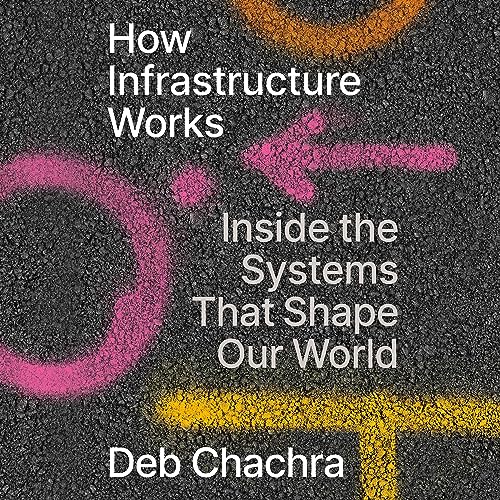loppear reviewed How Infrastructure Works by Deb Chachra
the collective agency of infrastructure
4 stars
Readable tour through infrastructure's reflections of our collective cultures, in its histories, dependence on social pasts and futures, and the agency it gives us individually and en masse to reduce labor and lessen daily focus on basic needs. Maintenance and the shifting baselines of climate bring our attention now to the need and opportunity to redesign infrastructure to address a larger collective future.
Readable tour through infrastructure's reflections of our collective cultures, in its histories, dependence on social pasts and futures, and the agency it gives us individually and en masse to reduce labor and lessen daily focus on basic needs. Maintenance and the shifting baselines of climate bring our attention now to the need and opportunity to redesign infrastructure to address a larger collective future.

